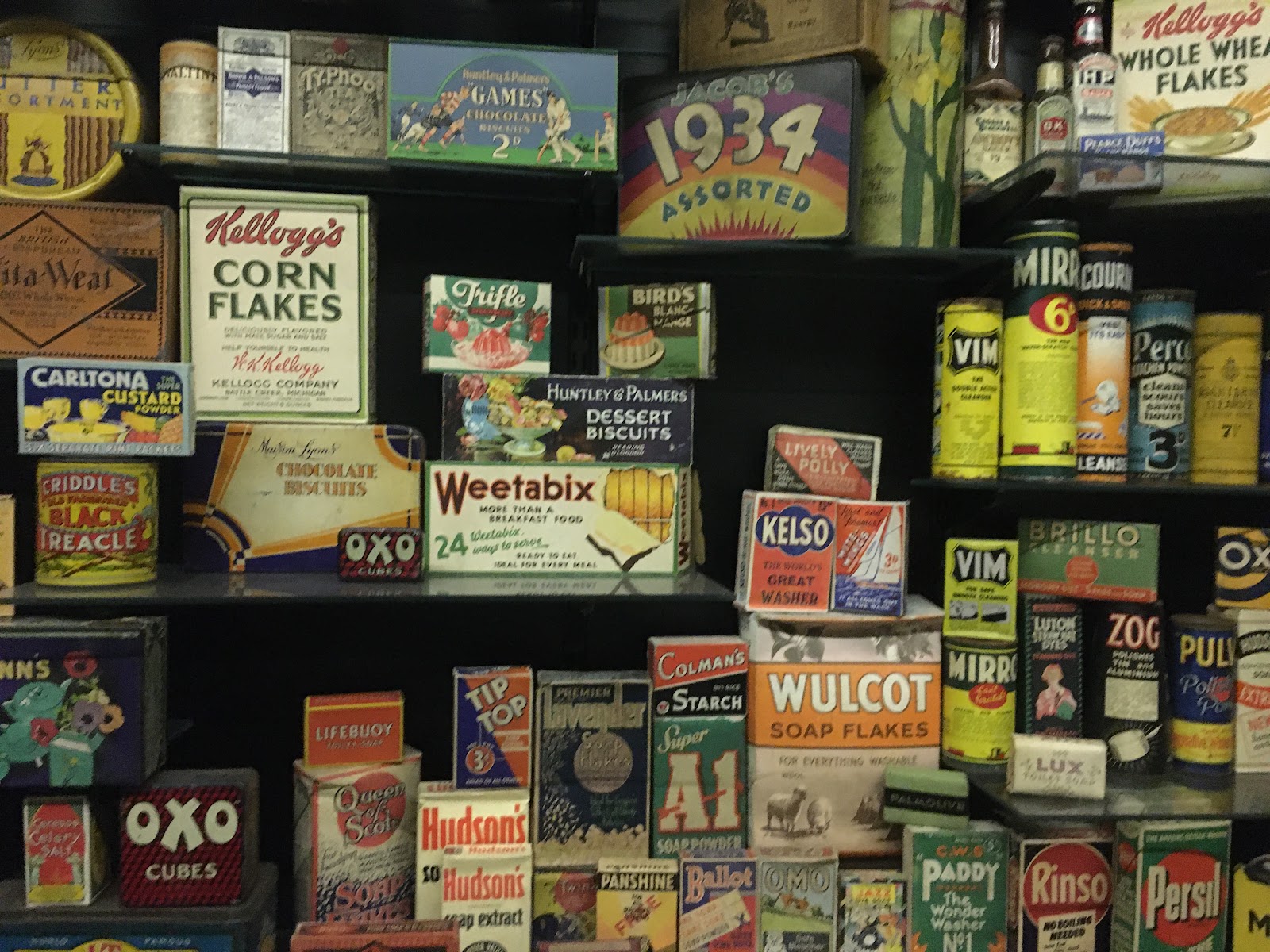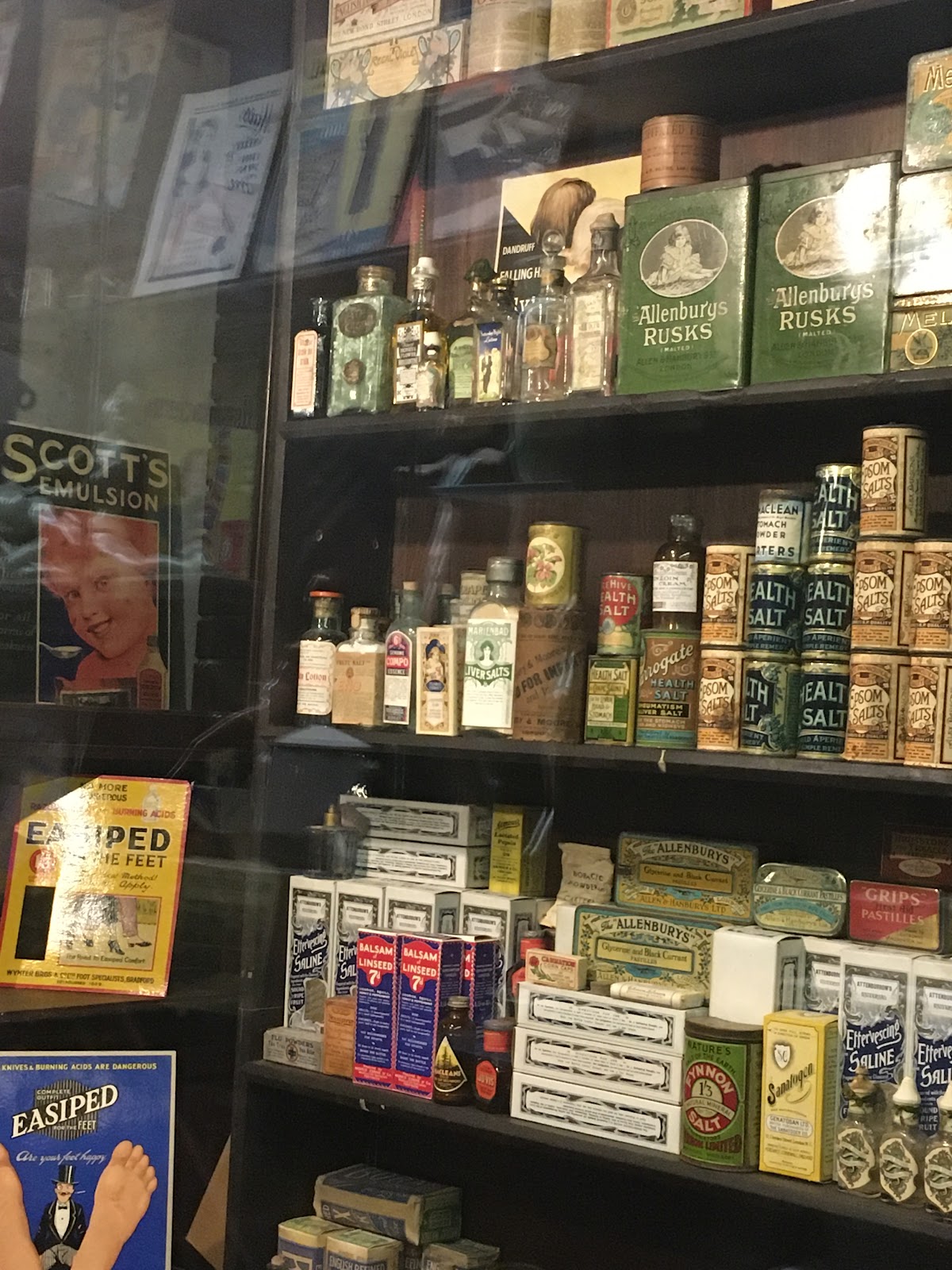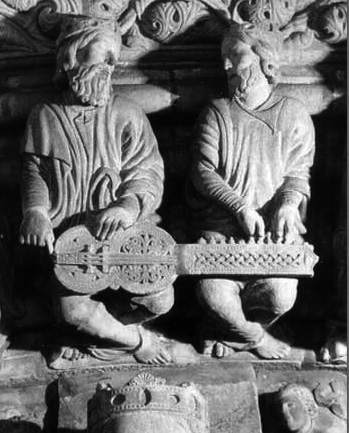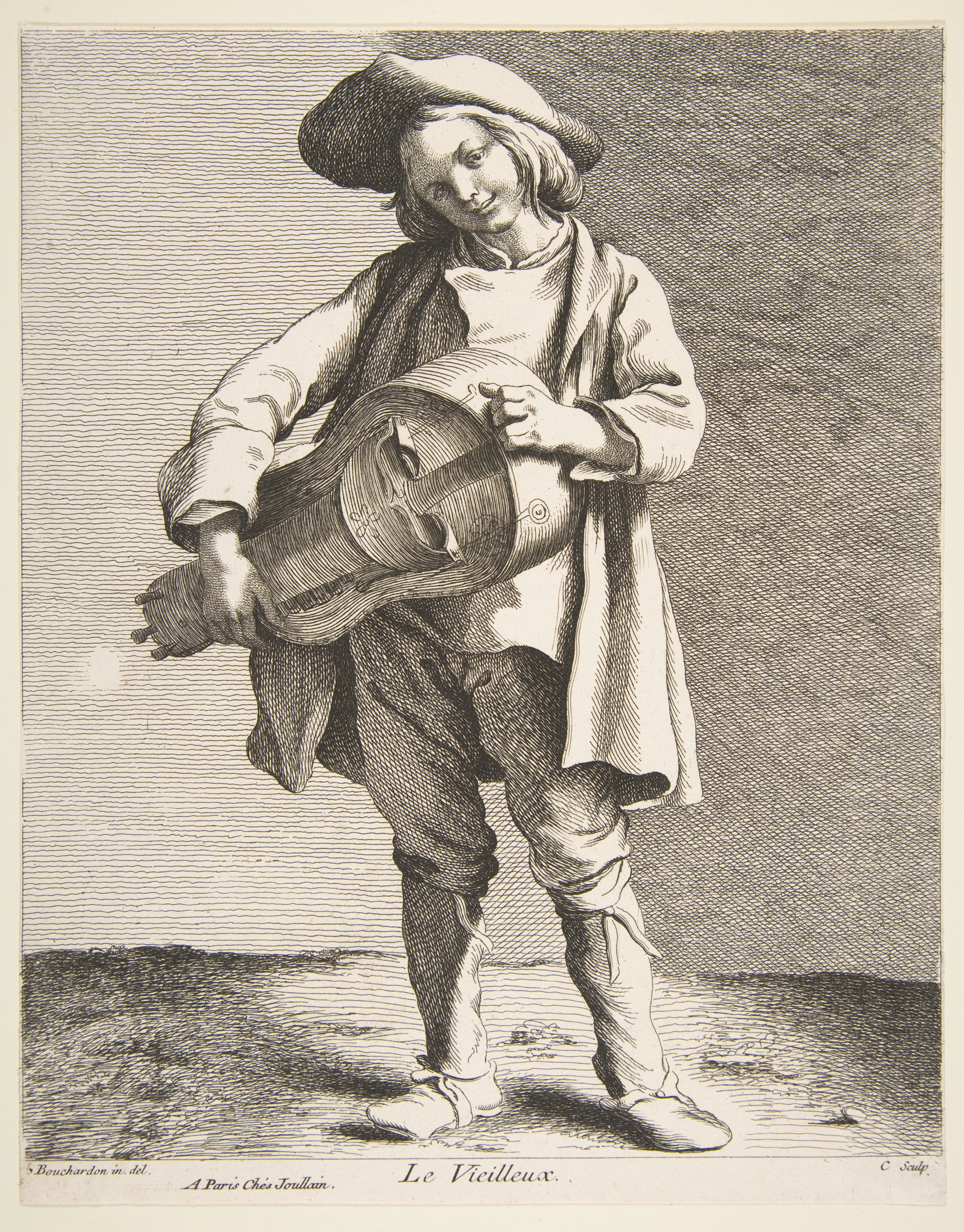Victor Watson (see photo at the end of this piece) was for many years an academic at Homerton College, Cambridge and an expert on children's books. He edited The Cambridge Guide to Children's Books in English (CUP 2001). He was Chairman of Seven Stories during its development and eventual opening in 2005 as the National Centre for Children's Books. He has written novels for children and a novel for adults called Time After Time. I ought to say that he and his wife Judy are friends of mine and I have visited their house and admired their beautiful garden. I only mention this because Lucy Boston, the subject of the book I'm writing about here, was also a passionate gardener and many visitors to the Manor House in Hemingford Grey go precisely to see the beautiful garden Lucy Boston created. I have written about it on this blog. http://the-history-girls.blogspot.com/2012/06/manor-hemingford-grey-by-adele-geras.html
Diana Boston, Lucy's daughter in law and the devoted chatelaine of the Manor, has written about the patchworks, Lucy's garden and about Lucy as an artist. When you visit Hemingford Grey, Diana is the one who shows you the patchworks which lie spread out on a bed and can be seen one by one. Last time I visited, Diana asked me to put on the white gloves (to protect the fabric) and help her fold back each quilt so that other visitors could see their full beauty. I"ve never forgotten that day.
Hemingford Grey is perhaps the oldest inhabited house in England. If you visit as a reader of the Green Knowe books, you will find many objects and places you will recognise from the novels. Victor's work in bringing us these essays is cause for rejoicing. It will help enormously in encouraging new readers, new fans to Boston's works, and hopefully enthuse a whole new generation of fans.
There's a piece by Jill Paton Walsh at the end of this book which is very moving and personal. She was a good friend of Lucy Boston's and she wonders whether the novels will be enjoyed at a time which is on the surface so very different from the days when the Green Knowe books first appeared. Tik Tok, the metaverse, AI bots and the like are the prevailing background to reading today, but I am quite sure there must be those people still who would greatly appreciate the haunting prose and wonderful narratives of these novels. They were only published as children's books because their author insisted on her son's beautiful illustrations being part of the whole. The Japanese, of course, are quite relaxed about adults reading illustrated stories and they are also perfectly accustomed to ghosts....it's no wonder that Lucy Boston is still being studied there. I hope very much that this lovely volume brings new readers to the work and new visitors to Hemingford Grey. Victor Watson has put together a collection that's both enjoyable to read and beautiful to look at. Lucy Boston would definitely have approved.




.jpg)





















